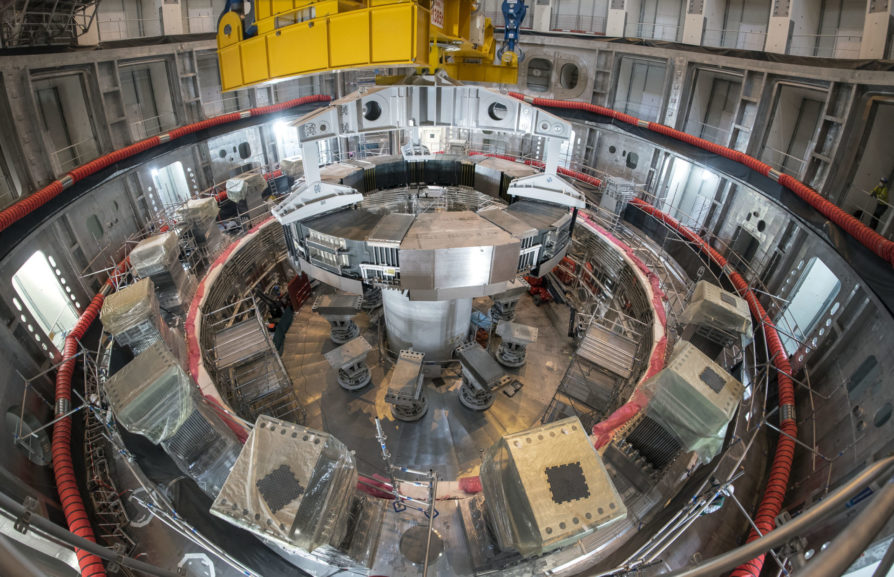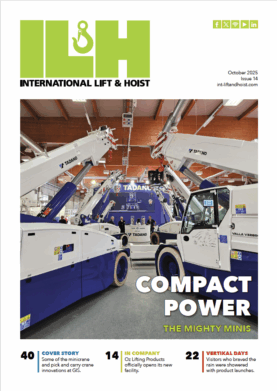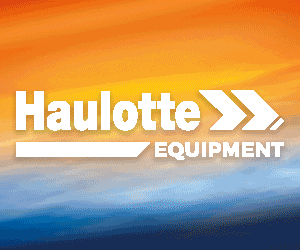)
Enerpac’s EVO System set for ITER tokamak magnet lift in 2024
Enerpac hydraulic cylinders are set to have a key role in the final construction of the ITER fusion tokamak in 2024. On completion of assembly of the tokamak’s vacuum vessel sectors, nine cylinders now pre-installed at the bottom of the machine will lift a 11m diameter, 320t, circular poloidal magnet (PF6) into position at the base of the tokamak.
The ITER tokamak hosts the fusion reaction in which plasma particles collide and release energy at temperatures up to 150 million degC. To prevent the plasma touching any of the tokamak walls and disrupting the reaction, magnetic confinement is used with a combination of large circular toroidal and poloidal magnets.
Six ring-shaped poloidal field coils are positioned around the vessel to shape the plasma and contribute to its stability by ‘pinching’ it away from the walls. PF6 magnet is situated at the bottom of vessel on temporary supports while the ITER tokamak is constructed above it, after which it will be completely enclosed and unreachable by crane.
“We are faced with a challenging problem: how to lift the PF6 ring to its final position and bolt it to the tokamak structure within tight space constraints and without access to a crane,” says Nello Dolgetta, of the ITER Magnet Section team, who is in charge of the operation. “To raise the PF6 ring by 2m, we are performing a synchronised lift using the Enerpac single acting locknut cylinders and EVO system to provide a safe and secure lift operation. Early trials with a dummy load were very successful.”
The poloidal magnet ring will be raised in stages while resting on nine temporary supports each equipped with an Enerpac 100t capacity, customised HCL1008 hydraulic cylinder connected to the EVO synchronised lifting system. The hydraulic cylinders 200mm stroke will allow stack beams to be inserted beneath the PF6 ring. After lowering the magnet onto the stack beams, the cylinders are repositioned on the next level of stack beams, and the process repeated until the magnet is finally bolted to the tokamak.
Enerpac EVO System
Effective, safe, and precise movement of the PF6 magnet requires exact control and synchronized movement of all lifting points. The nine hydraulic cylinders are connected to a standard EVO Synchronous Lifting Pump operated using a PLC (Programmable Logic Controller), enabling each of the nine lifting points to be monitored and controlled by a single operator.
The EVO pump maintains accurate positional control within 1mm between lagging and leading cylinders and includes built-in warning and stop alarms for optimum safety. In addition, the PF6 lifting EVO pump features a flow control valve to reduce the lifting speed even more. During the staging lifts, the custom single acting cylinders with spring return act as locking pins, to hold the position of the magnet.
ITER
ITER (‘The Way’ in Latin) is one of the most ambitious energy projects in the world today.
In southern France, 35 nations are collaborating to build the world’s largest tokamak, a magnetic fusion device that has been designed to prove the feasibility of fusion as a large-scale and carbon-free source of energy based on the same principle that powers our Sun and stars.
The experimental campaign that will be carried out at ITER is crucial to advancing fusion science and preparing the way for the fusion power plants of tomorrow.
ITER will be the first fusion device to produce net energy. ITER will be the first fusion device to maintain fusion for long periods of time. And ITER will be the first fusion device to test the integrated technologies, materials, and physics regimes necessary for the commercial production of fusion-based electricity.
Thousands of engineers and scientists have contributed to the design of ITER since the idea for an international joint experiment in fusion was first launched in 1985. The ITER Members – China, the European Union, India, Japan, Korea, Russia and the United States – are now engaged in a 35 year collaboration to build and operate the ITER experimental device, and together bring fusion to the point where a demonstration fusion reactor can be designed.











